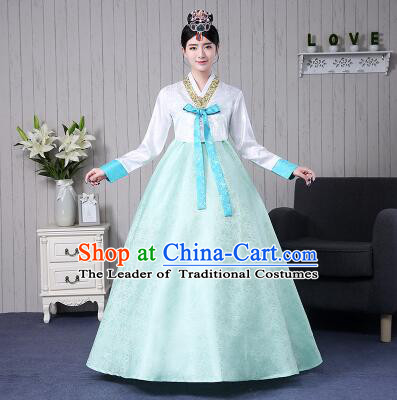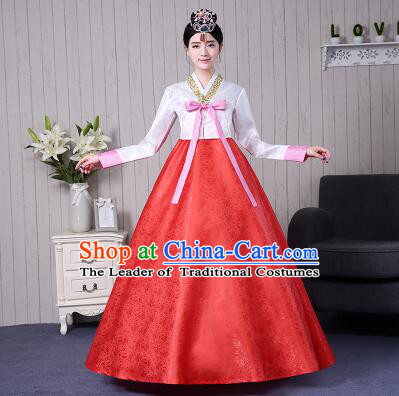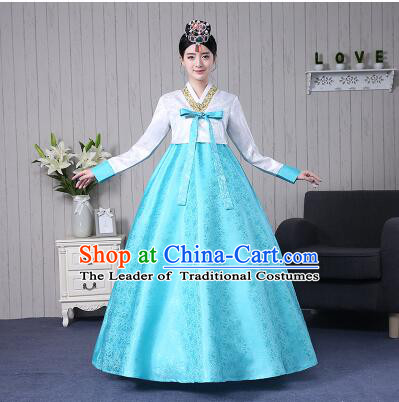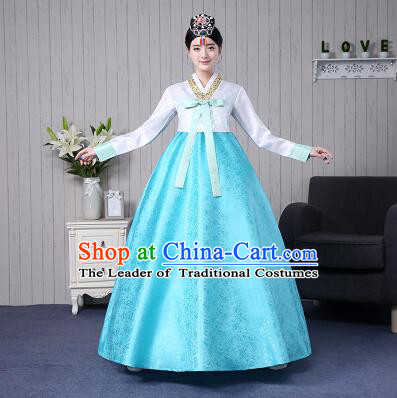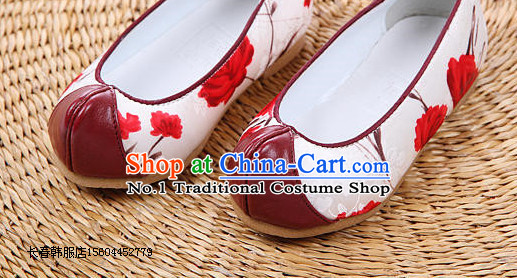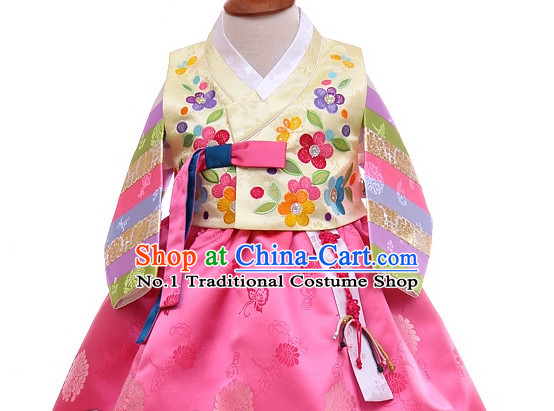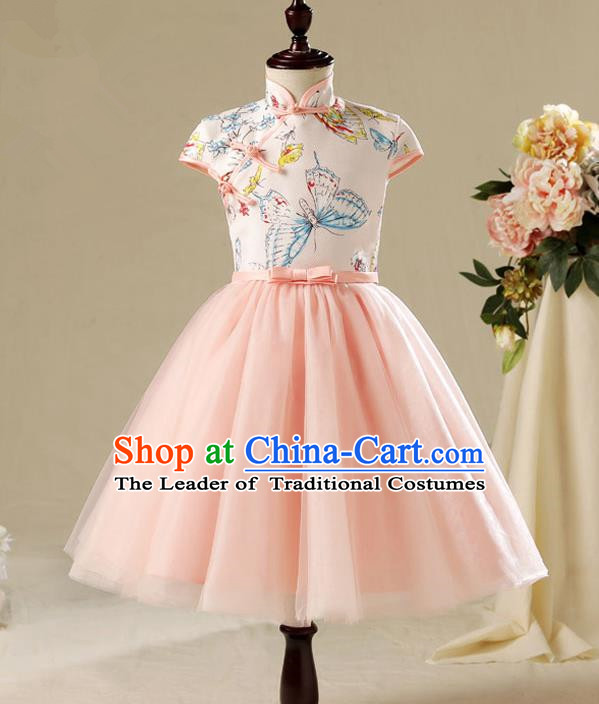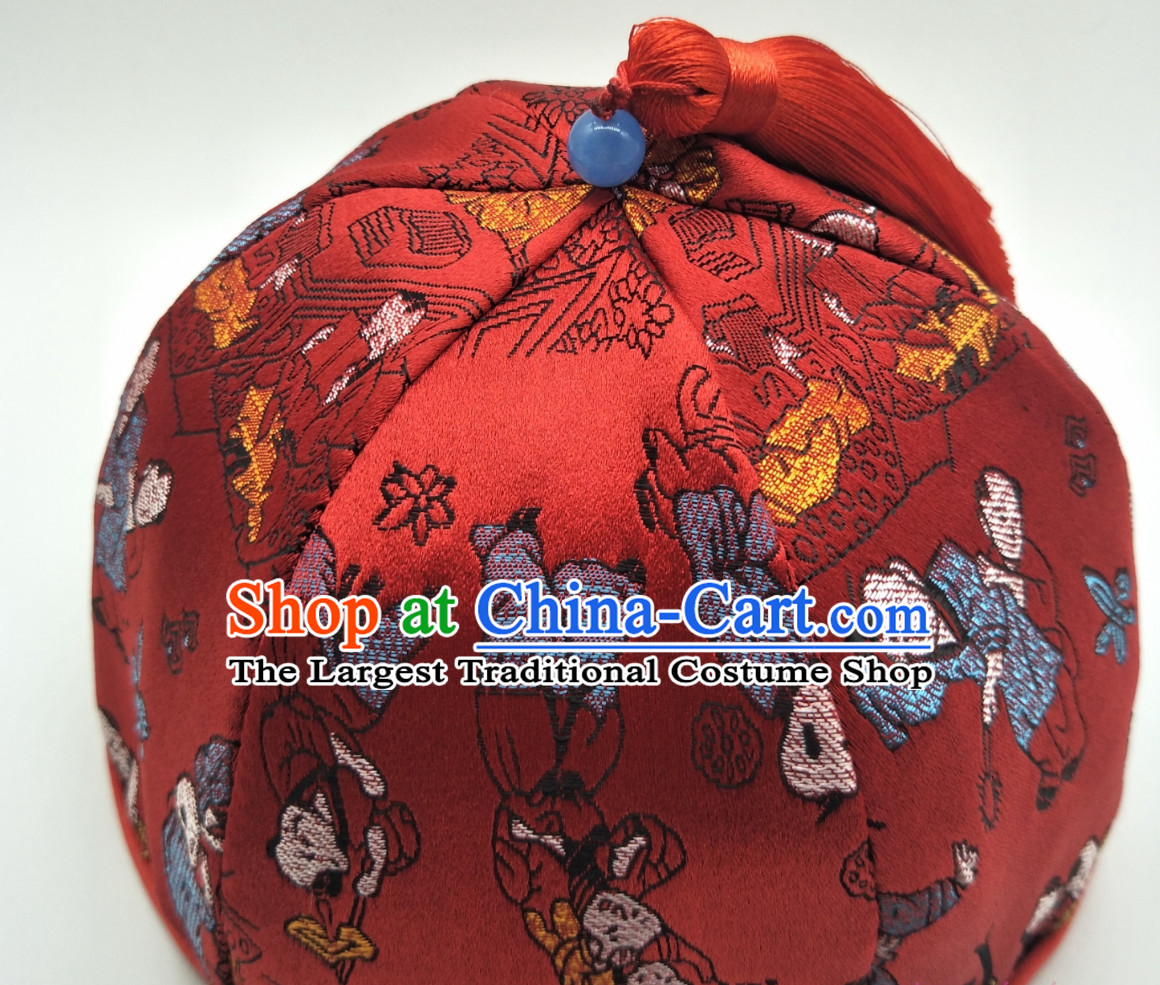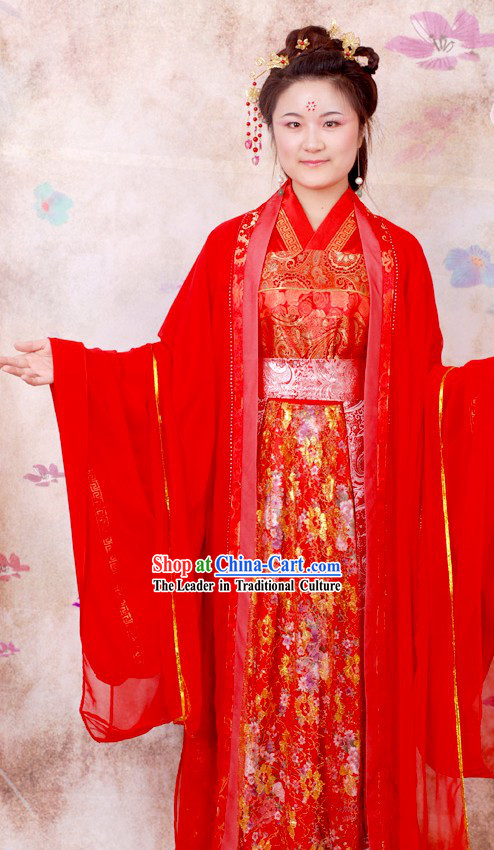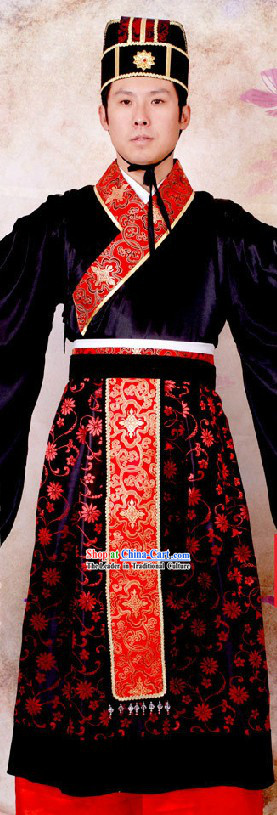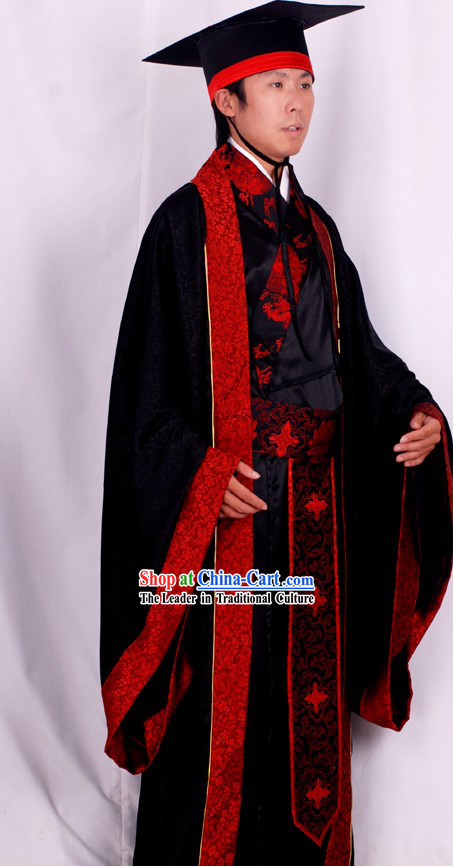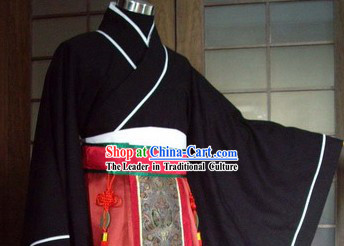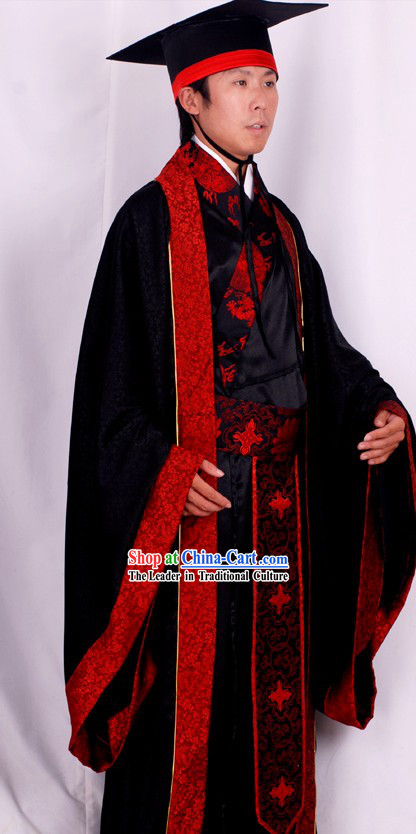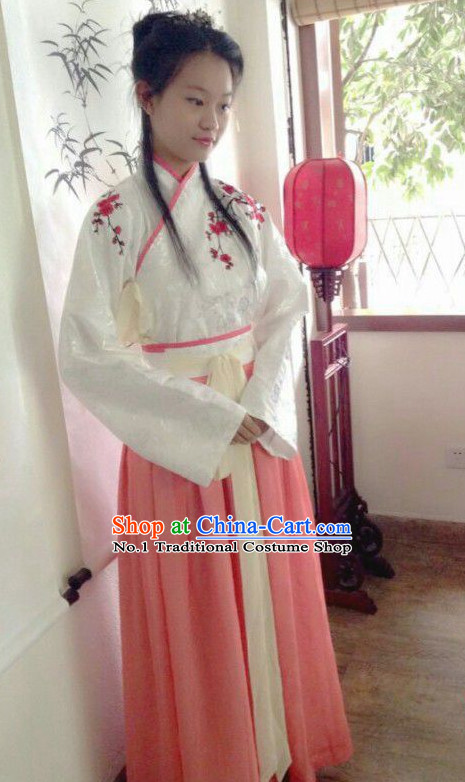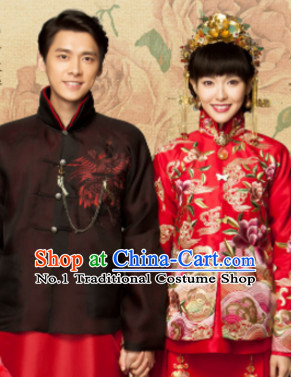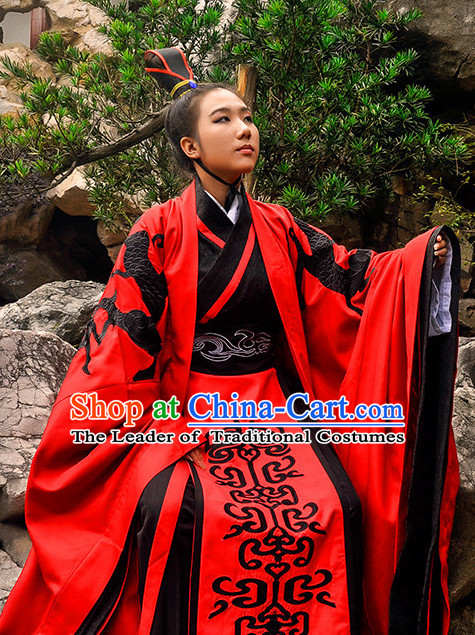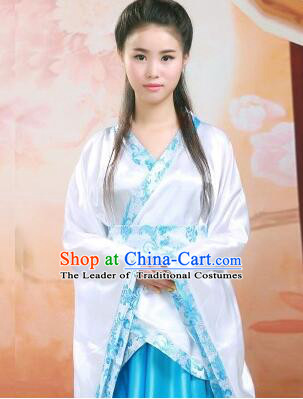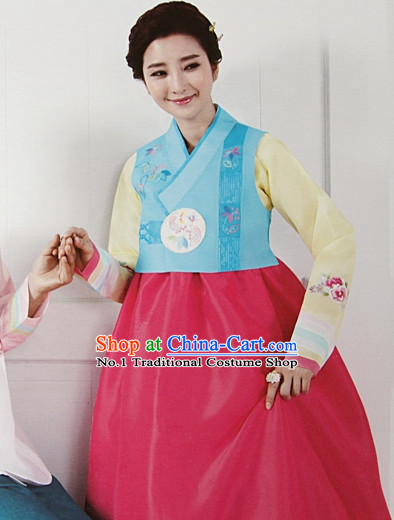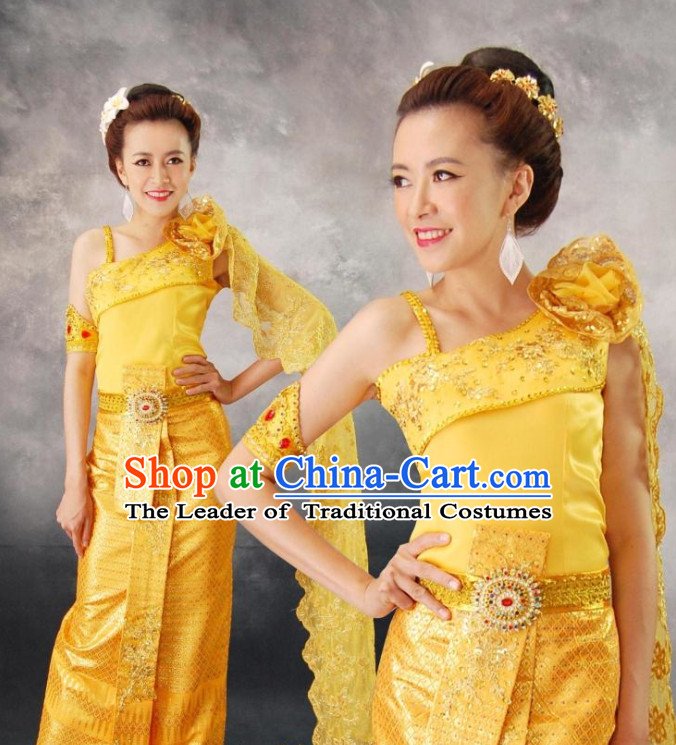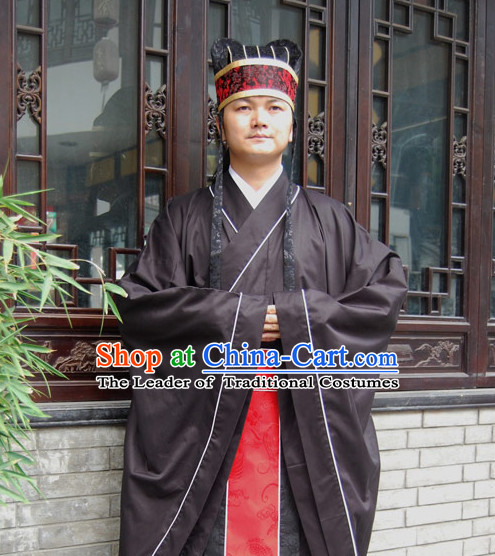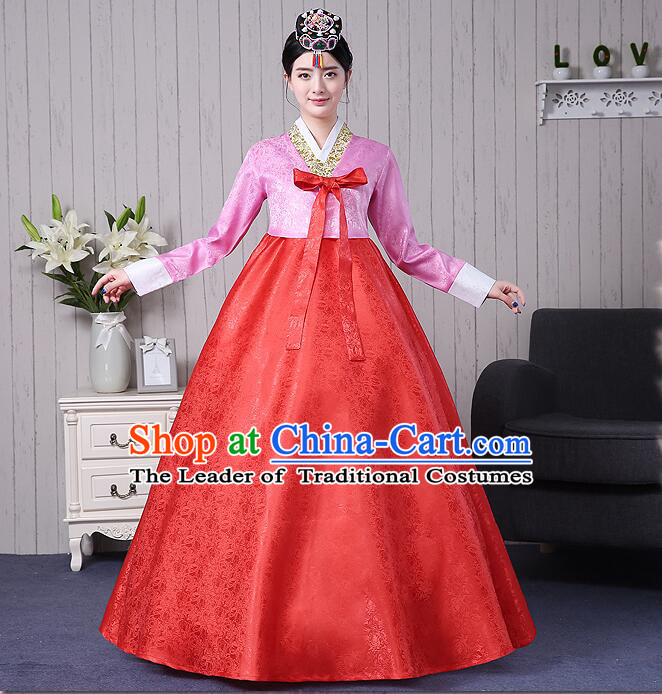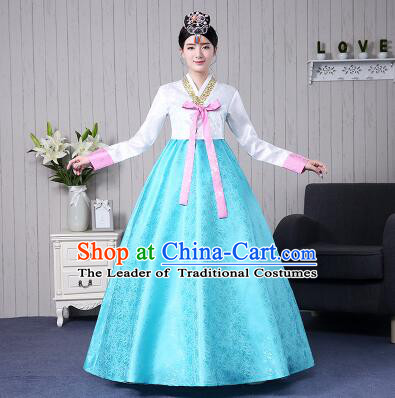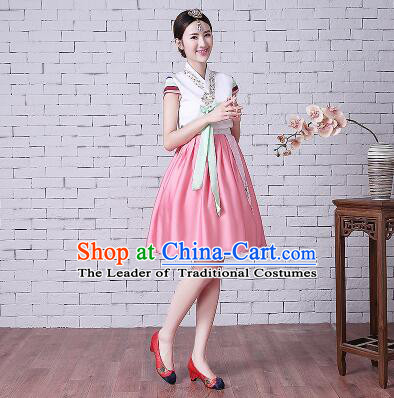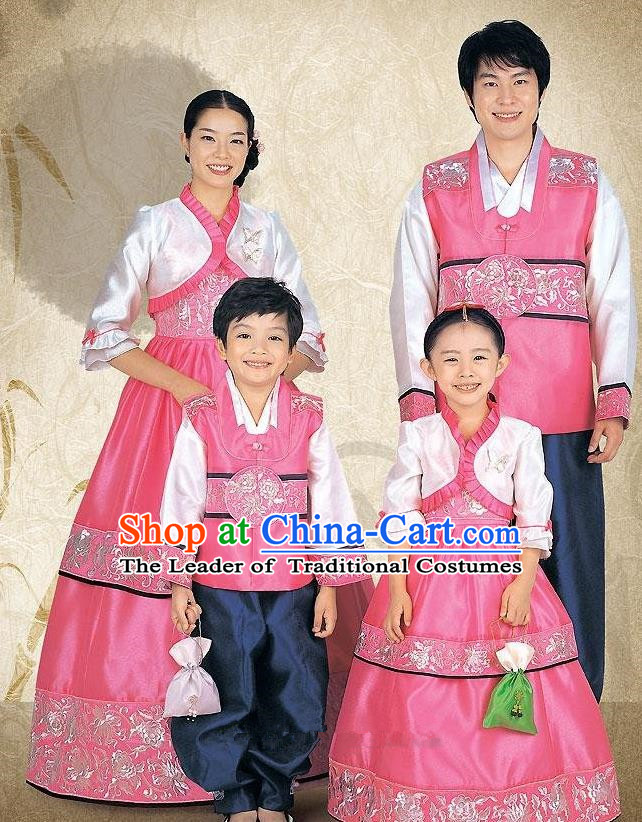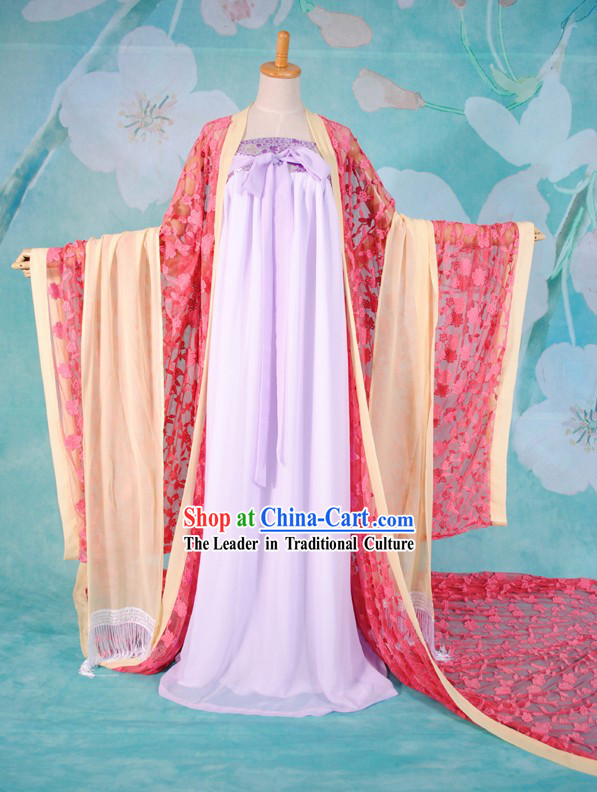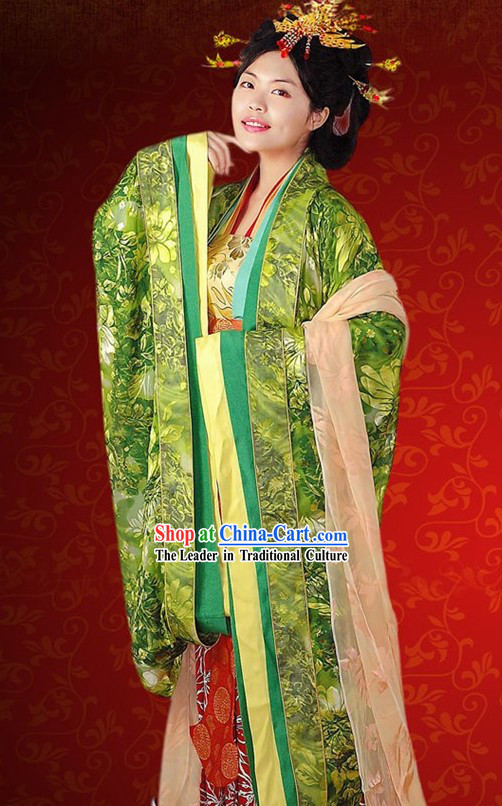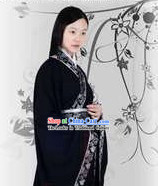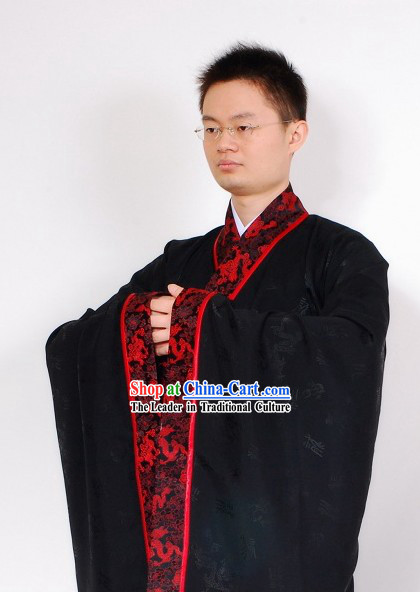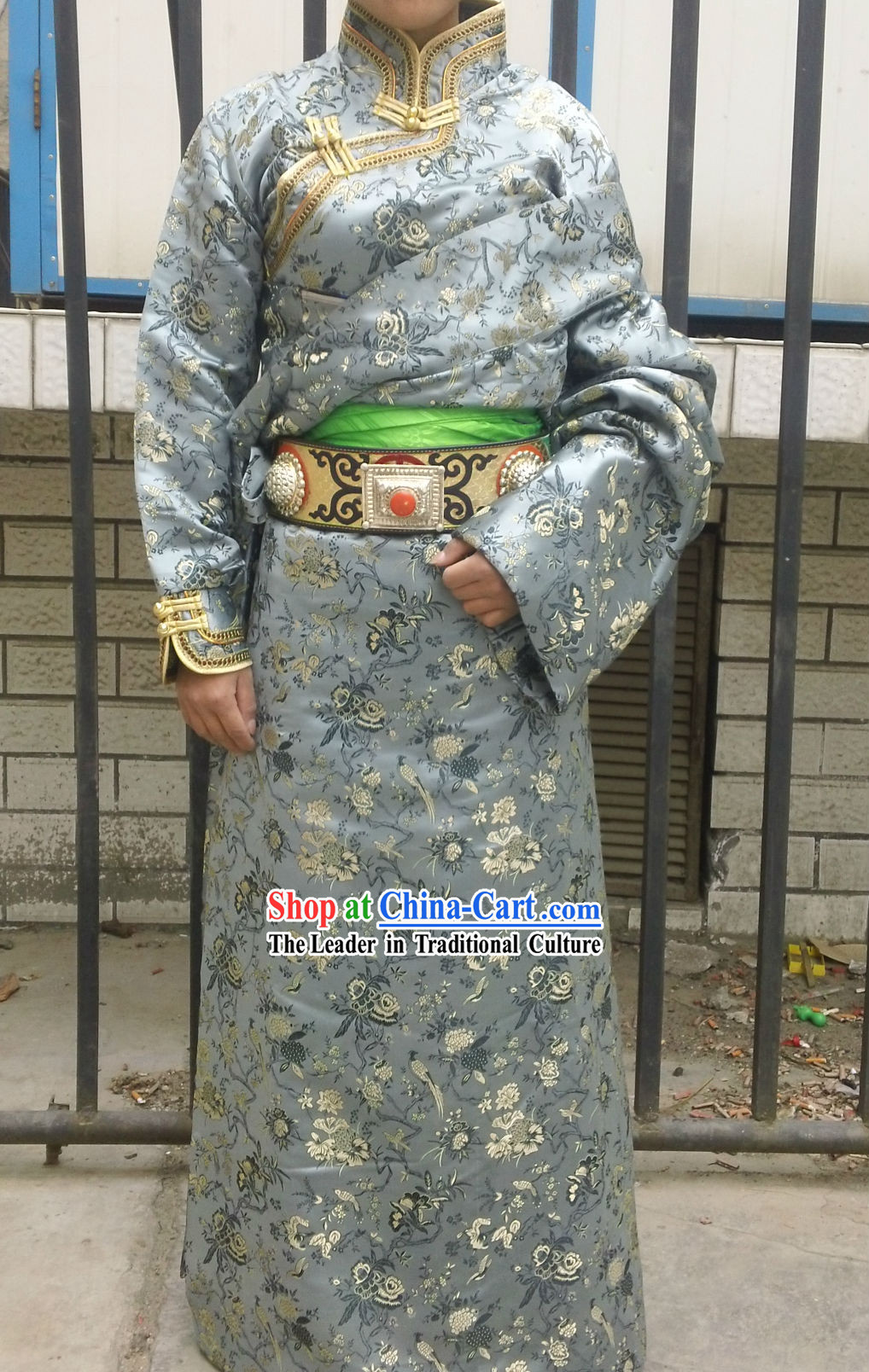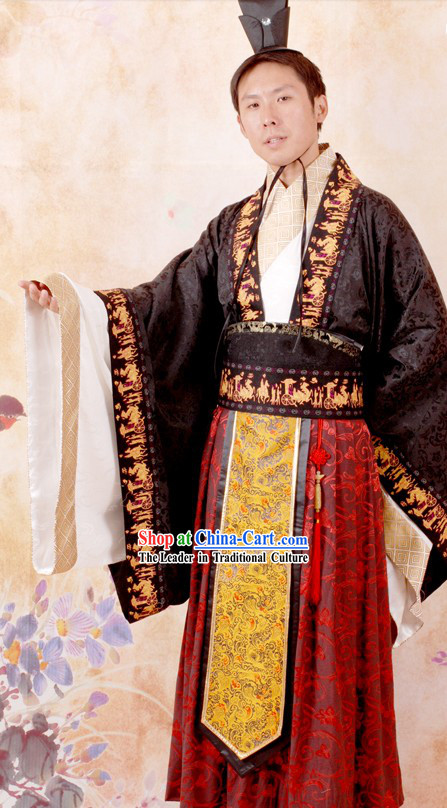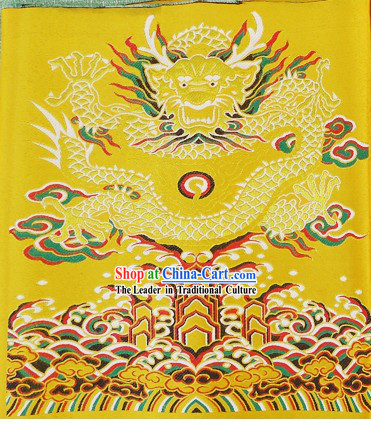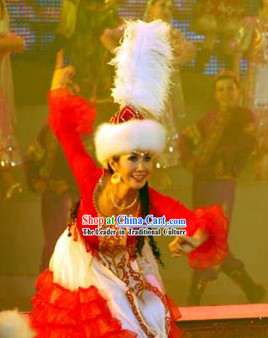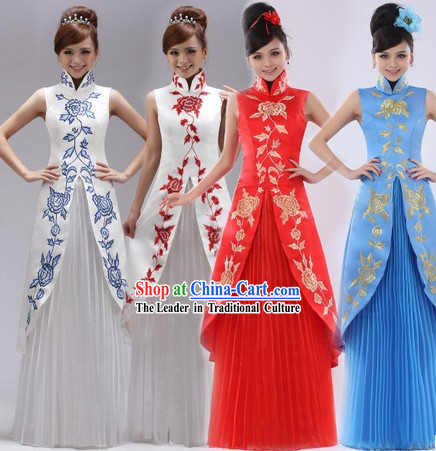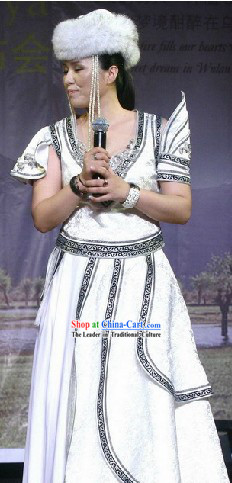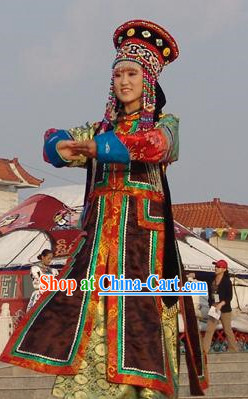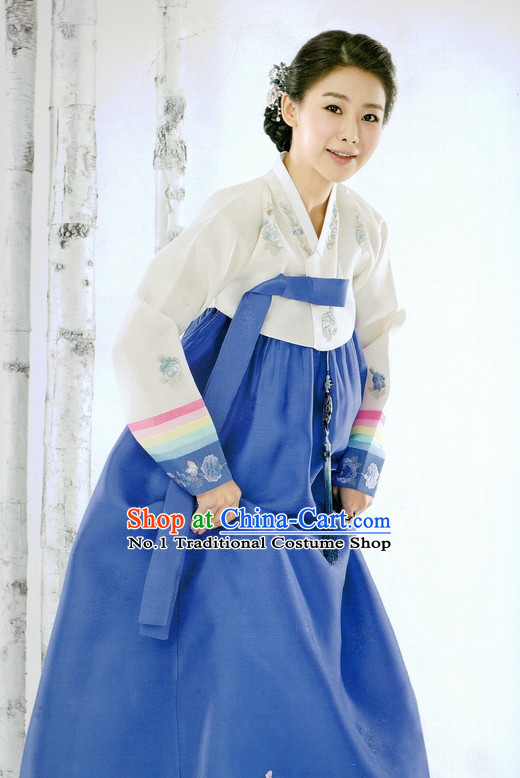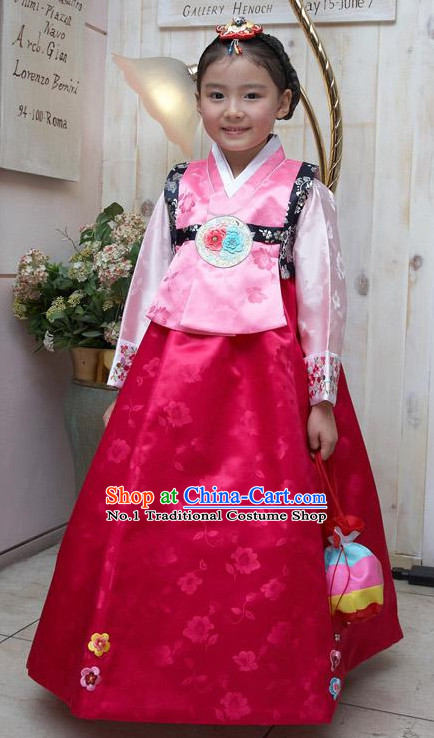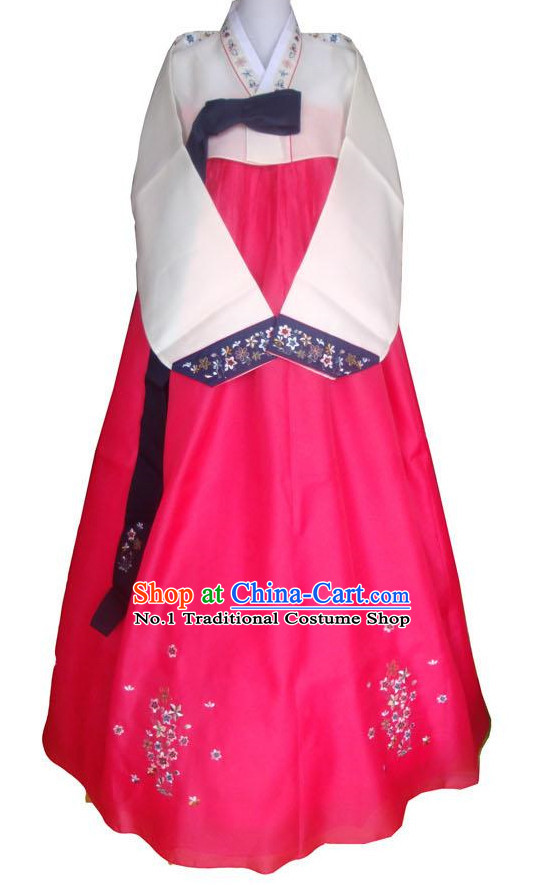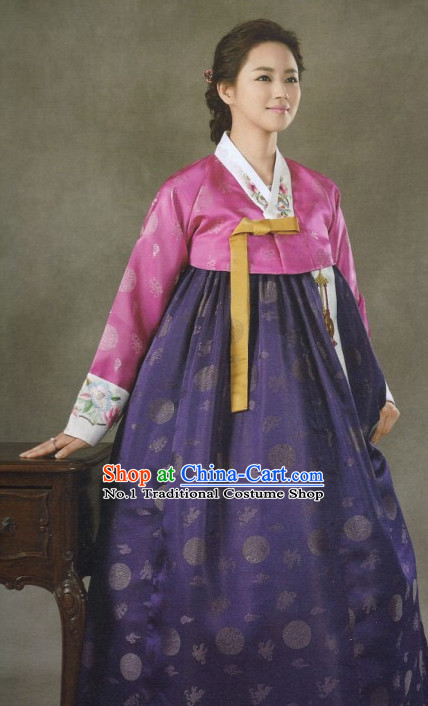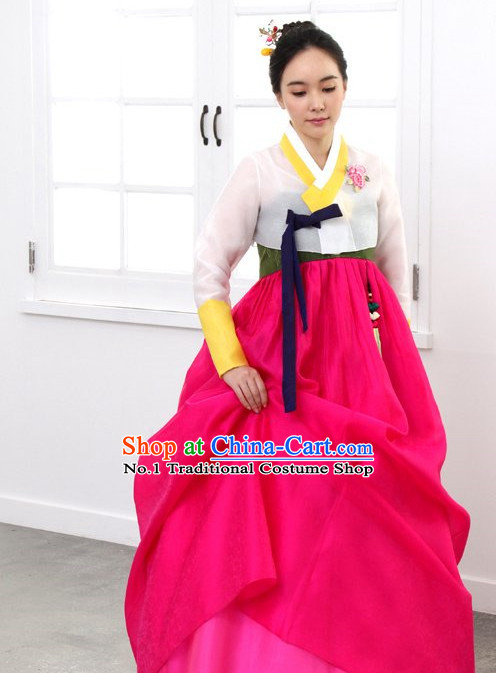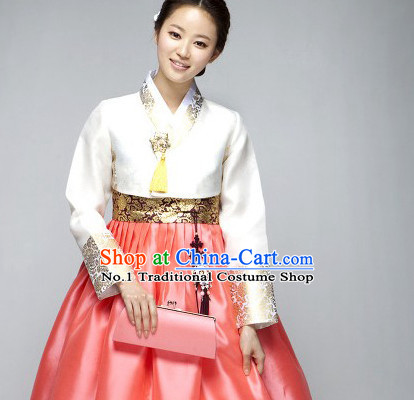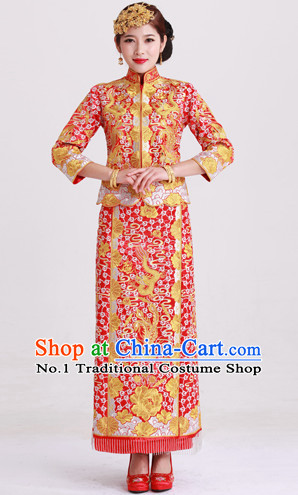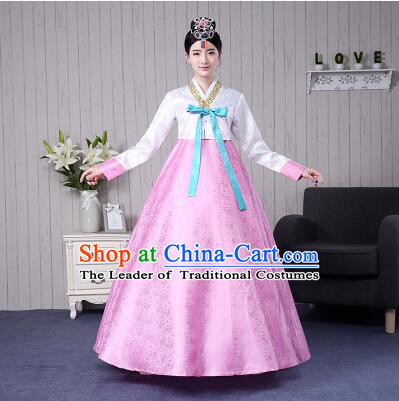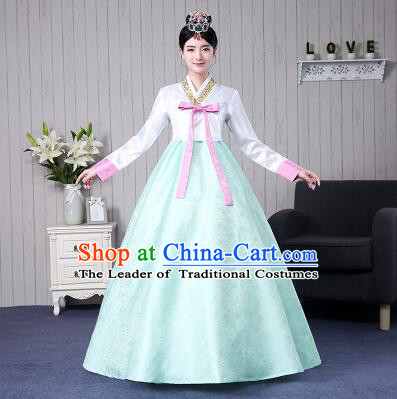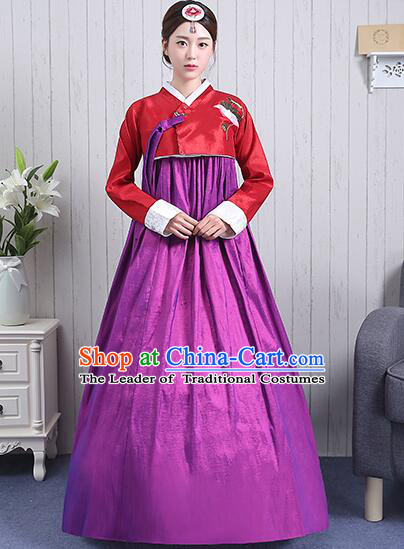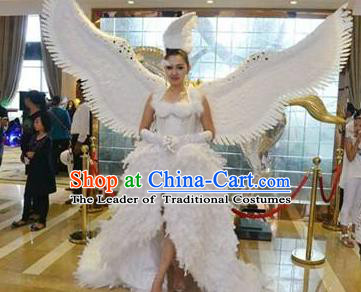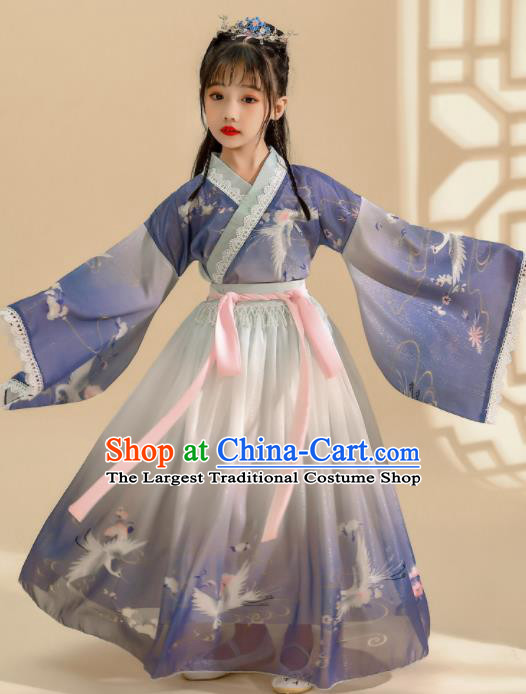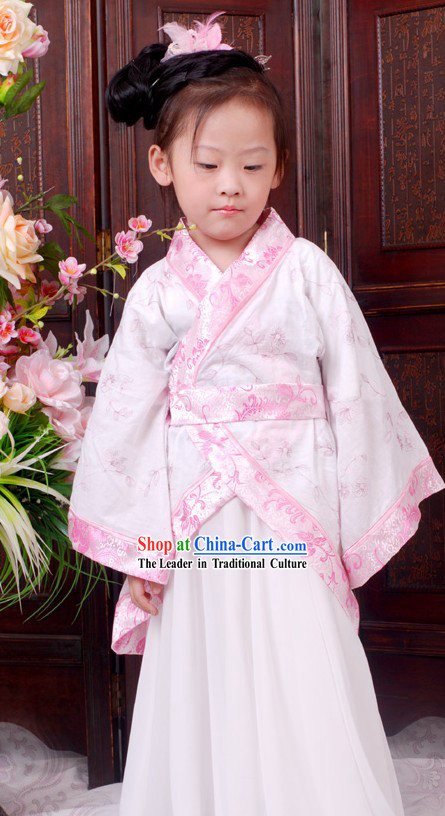
Click Related Pictures for More Audios:
Ancient Chinese children's clothing is a form of art and culture that carries rich spiritual and cultural significance.
It represents the etiquette, customs, and aesthetic values of ancient Chinese society and reflects people's yearning for a better life.
These garments were typically made from exquisite materials such as embroidery, brocade, and silk, featuring vibrant colors and intricate patterns that exude an artistic atmosphere.
They were not only widely used during their time but also had a profound impact on future clothing designs and cultural heritage.
The history of ancient Chinese children's clothing can be traced back to the Neolithic period thousands of years ago.
During that time, people lived in primitive societies without fixed occupations or social classes, nor clear social norms and etiquette systems.
However, as time passed and society developed, people began to recognize the importance of etiquette and gradually formed a complete system of etiquette, including various rituals, ceremonies, and garments, including those for children.
The design and production of ancient Chinese children's clothing were highly regarded.
Firstly, they had to meet certain specifications and standards to reflect nobility and solemnity.
Secondly, they had to possess a certain degree of decorativeness and artistry to attract people's attention and stimulate their imagination.
Lastly, they had to be practical and comfortable to meet the needs of different seasons and climates.
The significance of ancient Chinese children's clothing lies not only in their external forms but also in the cultural spirit and values they represent.
They symbolize people's yearning for a better life and express their desire for family, affection, and social harmony.
At the same time, they also reflect the moral concepts and ethical principles of ancient Chinese society, emphasizing respect and care for others.
In conclusion, ancient Chinese children's clothing is a form of art and culture that carries rich spiritual and cultural significance.
They not only represent the etiquette, customs, and aesthetic values of ancient Chinese society but also reflect people's yearning for a better life.
By appreciating and studying these garments, we can gain a better understanding of the essence and value of ancient Chinese culture and draw inspiration and enlightenment from them to add more beauty and happiness to our lives.
